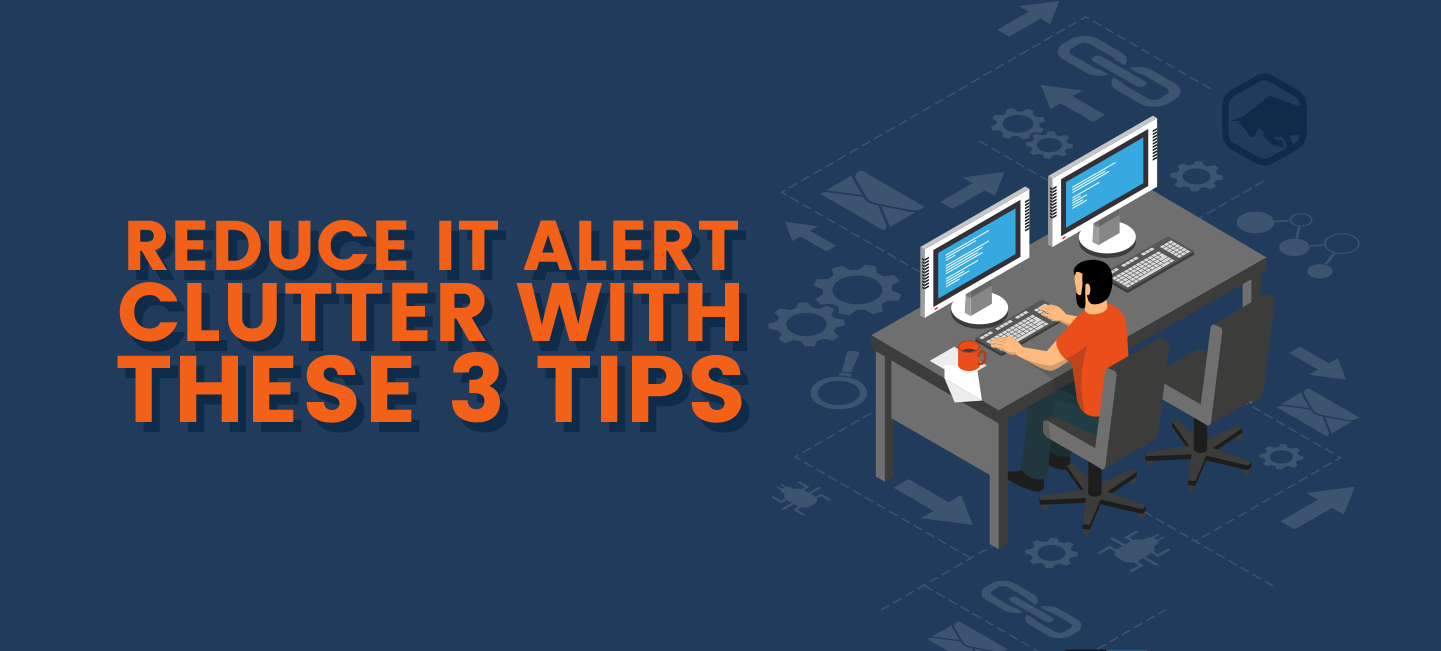The struggle is real. Alert fatigue affects hospital staff, smartphone users, and yes, IT professionals. But you don’t have to cobble together a solution for managing the alerts. Short of paying for AWS performance monitoring, try these 3 simple tips and have a better workday.
Eliminate Alert Redundancy
If a DevOps team is receiving dozens or hundreds of alerts for the same issue, it’s easy to see how alert fatigue can happen. It may be a question of fine-tuning tolerances on some of your security tools, or it could be that you have layers of non-integrated security solutions all bombarding you with redundant alerts. That’s why it’s important to consolidate and correlate threat data and perhaps move to a more integrated, platform-based security solution.
Reduce False Positives
As in the case of redundant alerts, combining multiple sources for alerts with poorly-tuned, uncoordinated or inadequate security tools will inevitably lead to more false positives. This results in alert fatigue because it’s human nature to become inured to alerts if the majority of them are false – in a sea of false positives, the true positive is likely to be missed.
Fix Alert Delivery Issues
If alerts aren’t going to the right people on your team, or the right people don’t have the right access, important alerts can get missed. There can also be a problem if low priority alerts are being delivered in the same timeframe as high priority notifications. For instance, if your team is getting low priority alerts consistently at all hours, don’t be surprised if one day someone ignores an important alert that arrived at 2 am.




